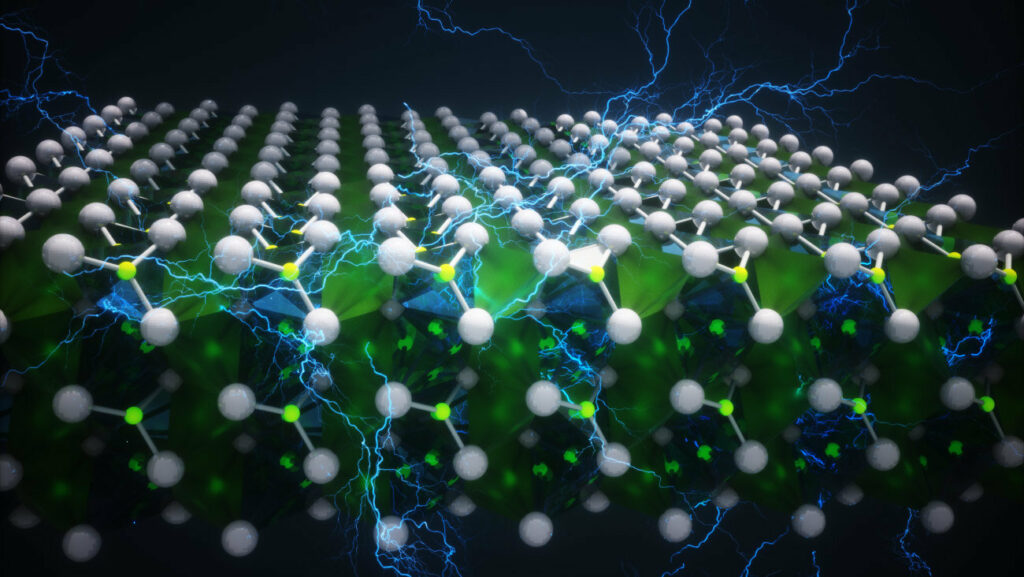As technology advances our electronic devices become smaller and compact and with this technology that powers them needs to get smaller and thinner.
There are a lot of challenges in making the devices smaller and the major challenge is to find materials which can perform well at thin size. Now, Berkeley researchers think they may have a solution to this challenge.
Led by Sayeef Salahuddin, professor of electrical engineering and computer sciences at UC Berkeley, and a graduate student Suraj Cheema, a team of researchers has managed to an ultrathin material onto silicon that demonstrates a unique electrical property called ferroelectricity. The findings were published in the April 22 issue of Nature.
What is Ferroelectricity?
Ferroelectricity is a characteristic of certain materials that have a spontaneous electric polarization that can be reversed by the application of an external electric field.
This breakthrough demonstrates ferroelectric effects on a material just 1 nanometer thick, equivalent to the size of just two atomic building blocks. And dur to this, the material can efficiently power very small devices and that to with very low energy which is just awesome.
“We are making computing devices that are getting smaller, smaller and smaller,” Salahuddin said. “You don’t want to use thick materials, because you don’t have the space. With our ferroelectric material, you don’t really need to worry about space.“
Previously, researchers had successfully stabilized ferroelectricity in thinner and thinner materials. But below around 3 nanometers, “ferroelectricity diminishes in conventional ferroelectric materials,” Cheema said.
Until now, the Berkeley team grew doped hafnium oxide, one nanometer thick, onto silicon. Not only did the ultrathin material demonstrate ferroelectricity, but the effect was actually stronger than the materials whicha re several nanometers thicker and this is considered as a “fundamental breakthrough” in the field of ferroelectricity, Salahuddin said.
The finding could lead to the creation of more advanced, compact and smaller batteries and sensors. But the work holds particular promise for memory and logic chips in computers.
The discovery of ferroelectricity in films just 1 nanometer thick means that these storage cells could be scaled down to dimensions way below what was believed to be possible before.
“We can grow ferroelectric materials that can be used in the manufacturing of computer chips today,” Salahuddin said.
Journal
Suraj S. Cheema et al. Enhanced ferroelectricity in ultrathin films grown directly on silicon, Nature (2020). DOI: 10.1038/s41586-020-2208-x

